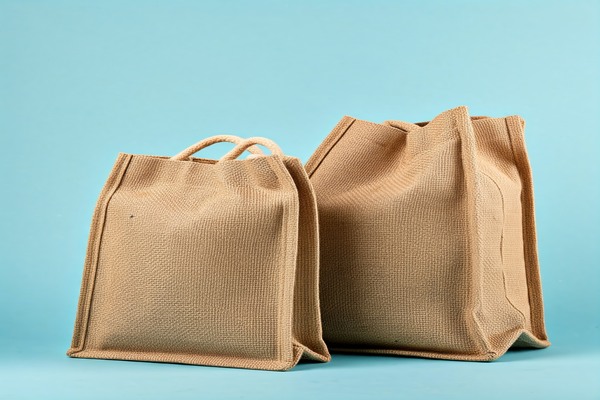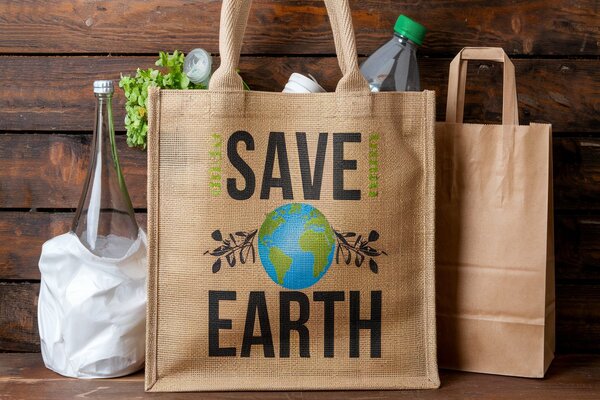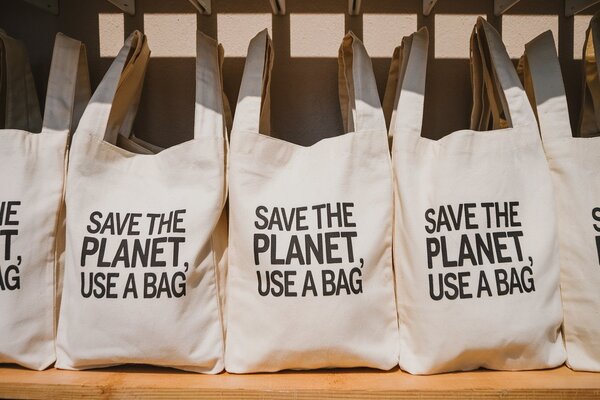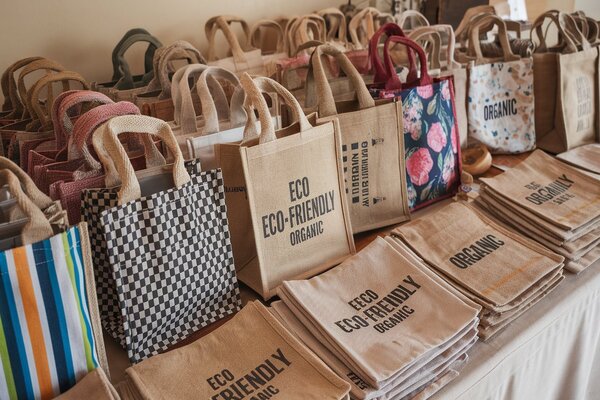
Sustainable Living: Small Changes That Make Big Impact
Technological advancements have taught us that, maintaining Sustainable living starts with doing all we can to protect the world.
Going green is easier than ever as more individuals are committed to protecting the environment in whatever manner they can.
Committing to turning green is a key first step in protecting the environment, but where do you begin?
Here are some quick ideas for leading a green life.
1. Make sure that your big purchases give considerable environmental benefits
Not everyone has the means to quickly trade their old gas guzzler for the latest eco-friendly hybrid car. It's also not always a negative thing because it uses a lot of resources to make new cars.
If you're in the market for a new vehicle, search for a fuel-efficient model.
You'll save thousands on petrol and lessen your carbon footprint over time.
To identify the most energy-efficient appliances when buying a new refrigerator, washer, or dryer, seek the Energy Star label. A new water heater is required. Think about converting to solar.
2. Stop eating meat once a week
One easy change that has a big effect is giving up meat one day a week. It requires a lot of land, chemicals, water, and other things to raise animals. The resources required to produce meat for meals will be decreased if you decide to go vegetarian for a day. Choose ethically and organically raised meats on the days you do eat meat!
3. Make a note of the labels
There are many options available, from clothing to coffee, and some stand out as having the least impact on the environment.
If you enjoy coffee, search for "shade-grown" types that are produced without destroying the forests' important homes for migrating birds and other animals.
When buying products, look for Fair Trade certification to support businesses that value fair employment practices and sustainable production.
When possible, choose organic foods; while they can cost a little more, they protect your family, farm workers, and wildlife by keeping dangerous pesticides out of your land and water.
4. Donate Your Unwanted Items
Does your house include a bunch of clutter? Donating unwanted items from your house rather than throwing them in the garbage is an environmentally friendly way to get rid of them while also helping those in need. Give away things like shoes, clothes, food, home goods, and more!
5. Green your home
Maintaining a healthy house increases energy efficiency, just as keeping a healthy car increases fuel efficiency.
Use a programmable thermostat for more effective heating and cooling, proper insulation, energy-efficient windows, and, of course, energy-saving light bulbs for better lighting in your house.
Many states now provide low- or no-cost incentives to help you green your house or rental. To find out if your energy supplier conducts free energy audits or is aware of a business that does, give them a call.
6. Buy only what you need
How often do you throw away food that you planned to eat but ultimately didn't? Planning your meals, using a list when you shop, and only buying what you need are simple ways to save money and protect the environment. To stop wasting your money away, commit to eating what you buy within a week.
7. Be water-wise
Avoid drinking bottled water. Even though the water from your tap is free and a lot of city water has outperformed name-brand water in taste and quality testing, bottled water companies still attempt to demonize tap water. Additionally, it is well known that the creation of plastic bottles and the extraction of water affect both humans and wildlife. The nation's water resources are under increasing pressure from our expanding population, and we frequently have droughts, therefore water conservation is important. By taking shorter showers, replacing leaking toilets, and selecting low-flow and low-water appliance choices, you can save water. Consider xeriscaping as well, a landscaping strategy that uses local, crop-failure plants that need less water and maintenance over time and offers habitat and food for birds and bees.
8. Choose Wild Energy
To save animals, slow climate change, and protect our lands and rivers, we must give up using fossil fuels. Use a Green-e-certified company that gets at least half of its power from wind, solar, and other clean sources if your state lets you choose your energy supplier. Explore your choices, including tax breaks, for adding solar water heating or rooftop solar panels to your house. You may be able to further reduce your carbon footprint by adding clean electricity to the grid, depending on your productivity.
Your daily routine and way of life don't have to change to go green; these little changes are a great place to start. To know more visit us at Chalo Green Products.
Also, read our other article: Sustainability: A Key To Better Future
Visit Chalo Green Products for more
Follow us on
Facebook | Twitter | Instagram













